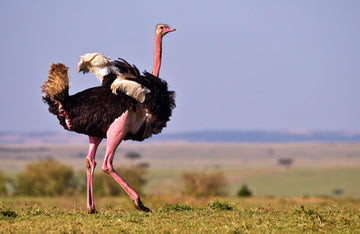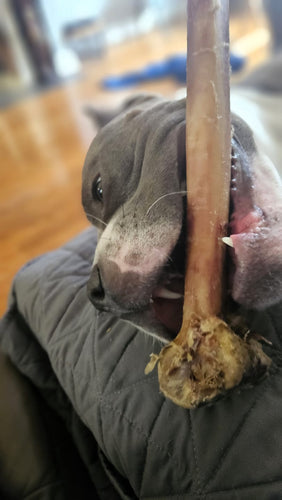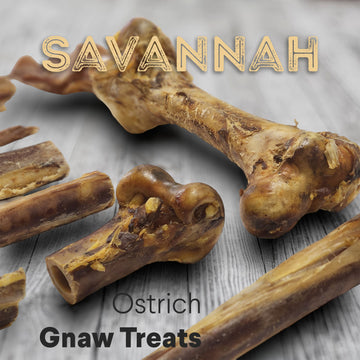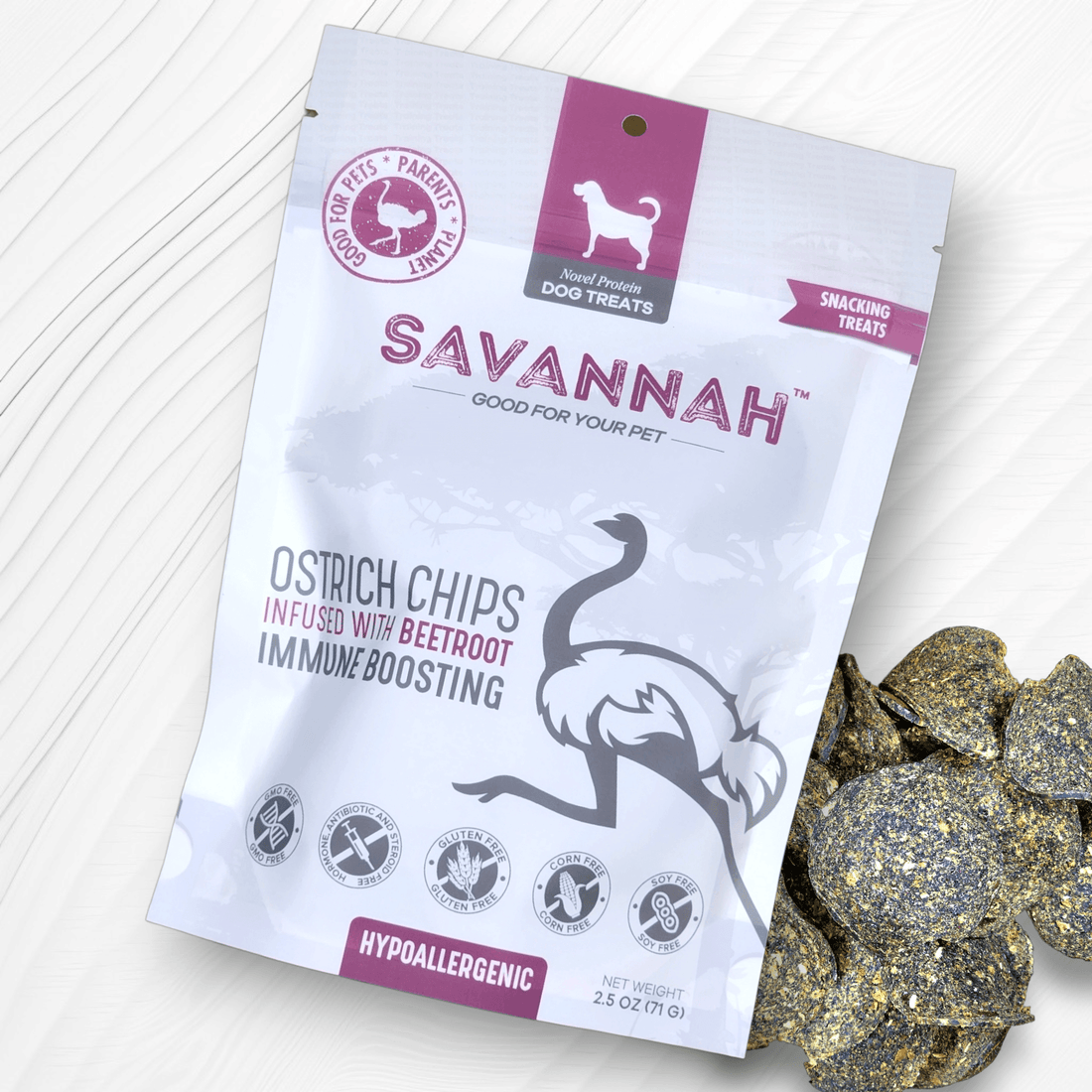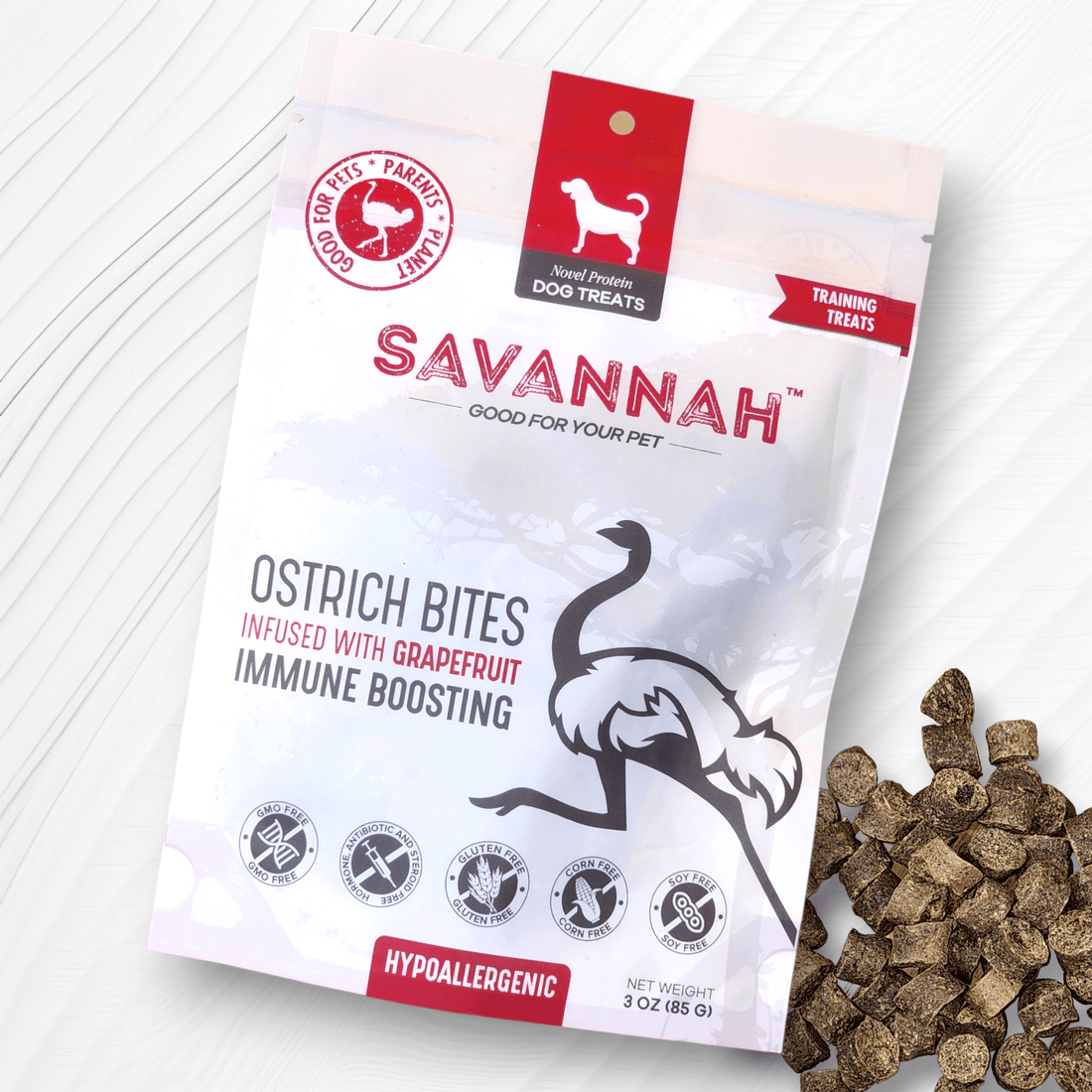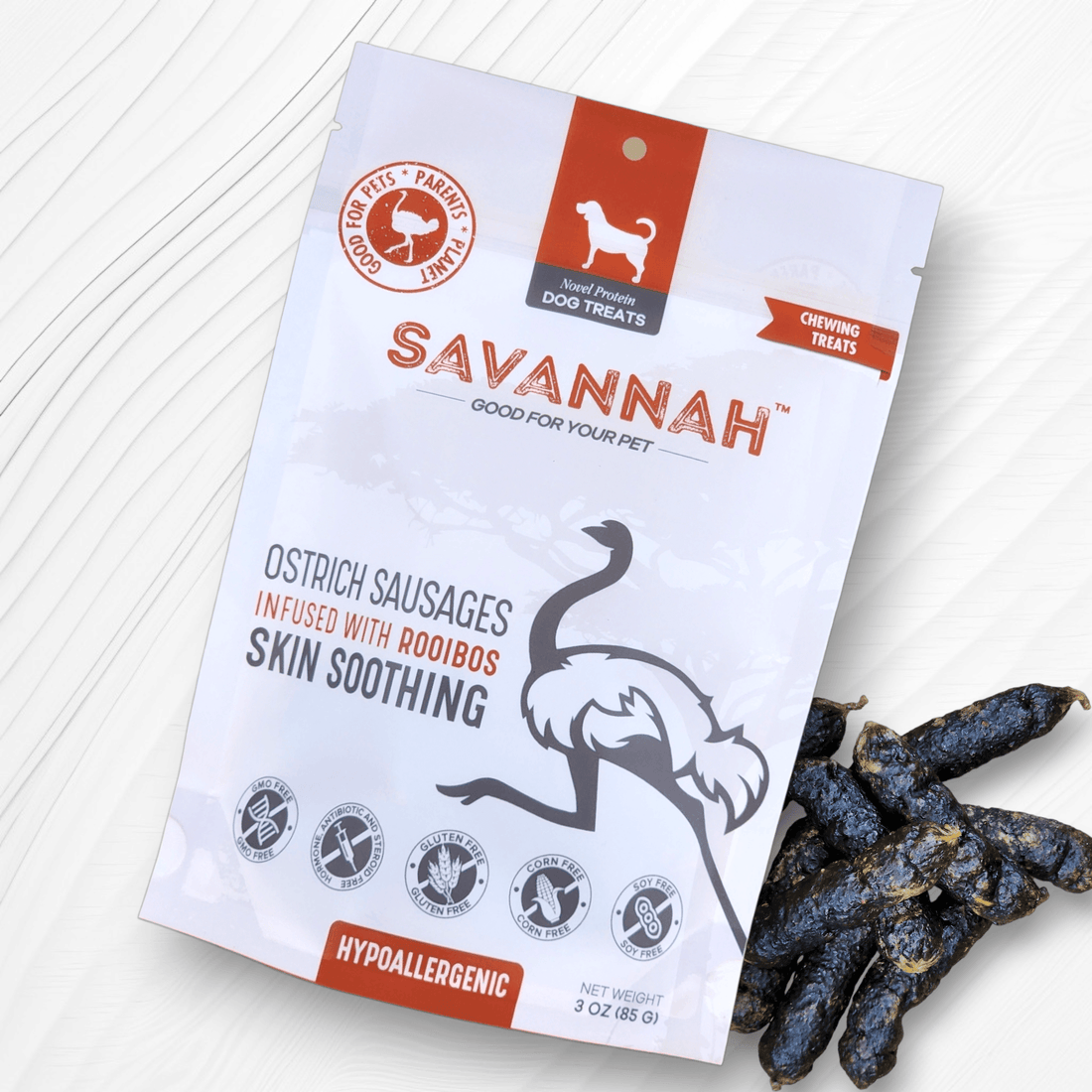Ostrich farming is a unique and profitable business that has a long history and a global market. In this blog post, we will explore the history and business of ostrich farming in South Africa and around the world.
Ostriches are large, flightless birds that belong to the ratite family, which also includes emus, rheas, cassowaries and kiwis. Ostriches are native to Africa and can live up to 40 years in captivity. They are the fastest land animals, reaching speeds of up to 70 km/h, and can weigh up to 150 kg. Ostriches have long legs, long necks, small heads and large eyes. They have two toes on each foot, one of which has a sharp claw that can be used for defense. Ostriches are omnivorous and feed on plants, seeds, insects, lizards and small rodents.
Ostriches are valued for their feathers, meat, eggs and leather. Ostrich feathers are soft, fluffy and colorful, and have been used for fashion, decoration and cleaning purposes since ancient times. Ostrich meat is lean, low in fat and cholesterol, high in protein and iron, and has a mild flavor similar to beef. Ostrich eggs are the largest of any bird, weighing about 1.5 kg each, and can feed up to 10 people. Ostrich leather is durable, flexible and has a distinctive pattern of quill follicles.
The history of ostrich farming dates back to the 19th century, when South Africa was the first country to start ostrich farming on a commercial basis. Around 1820, South African ostrich feathers were first exported to Europe, where they were in high demand for hats, fans, boas and other accessories. These feathers were harvested from wild hunted ostriches until 1821, when a law was passed to prohibit the hunting of ostriches in South Africa. This led to the domestication of ostriches and the establishment of ostrich farms in the arid regions of the Karoo and Eastern Cape.

By 1865, there were only 80 tame ostriches in South Africa, but their numbers increased rapidly with the use of egg incubators. By 1875, South Africa had more than 32 000 ostriches. For decades, South Africa was the sole provider of ostriches in the world, with strict laws preventing the export of live birds. However, the huge demand for ostrich feathers also attracted other countries to start ostrich farming, such as the United States and Australia.
The ostrich feather industry reached its peak between 1900 and 1914, when ostrich feathers were more valuable than gold. However, after World War I, the feather industry collapsed due to changes in fashion trends and economic conditions. Many ostrich farmers went bankrupt and thousands of ostriches were slaughtered or released into the wild. The ostrich trade suffered a slow-down until the end of World War II, when it slowly recovered by diversifying into other products such as meat, leather and eggs.
The first ostrich abattoir in South Africa started operating in 1950 and in 1993 the first abattoir for the export of ostrich meat to Europe was built. Today, South Africa is still the world's largest supplier of ostrich products, contributing up to 75% of the global production. The main production areas for ostriches in South Africa are mainly in the southern Cape areas from George to Swellendam and in the Klein Karoo. Some production also occurs in other provinces such as Eastern Cape, Northern Cape and Limpopo.
Ostrich farming is also practiced in other countries around the world such as Israel, China, India, Iran, Brazil, Mexico and Zimbabwe. The global market for ostrich products is growing as consumers become more aware of their health benefits and environmental impacts compared to other livestock products. Ostrich farming is also a source of income generation and rural development for many farmers.
Ostrich farming is a fascinating and rewarding business that requires knowledge, skills and passion.

